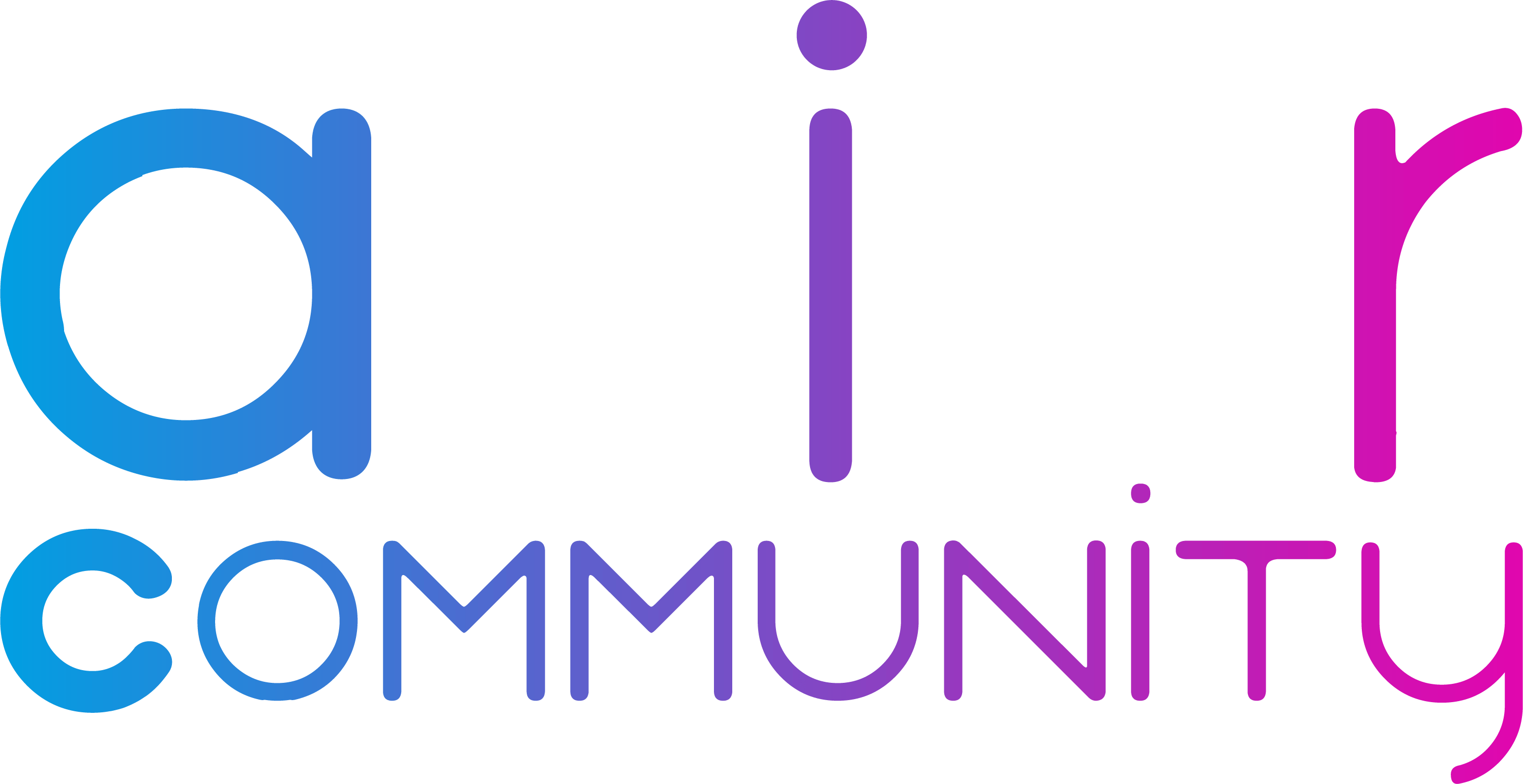By: Israel García
In this content we want to guide you to know in which stage is your startup. This may sound very simple, but I have met many startups that think they are at one stage, when in fact they are at another, earlier stage.
In short, in this content you will learn:
- What is early stage?
- Differences between pre-seed and seed
- Investment amounts by stage
What is early stage?
This is a topic that generates a lot of confusion, since if you ask a founder he/she will surely tell you that a startup with an idea, mvp, pre-seed or in its initial phase. However, if you ask an investor, they will probably tell you anything from Seed to Series A, and some will even say Series B.
Therefore, personally, I am not in favor of the term “Early Stage”, but rather call each stage in a more specific way, which I will explain below.
Funding stages for startups
Financing stages
I share with you our proposal of investment stages applicable to LATAM startups. Typically, a fast-paced startup will last approximately 1 year to 1.5 years per stage. The exception to the rule would be the pre-seed stage, as there are several factors that may take longer to decipher.
Pre-seed stage
Some people also call it “Ronda angel”. This is the stage where the startup is 100% focused on validating that a problem exists, testing some solutions and even generating sales. All this with the objective of understanding what base product will be built to solve the problem encountered.
At this stage, it is very likely that all the money will come from angel investors and accelerators. Although there are Venture Capital funds investing in these stages, today it is not very common to find funds with the ticket size and risk aversion to invest from this stage.
Average range of investment in LATAM: US $75K to US $500K
Personally, I have seen that this stage is where most startups have complications, and it is even the stage where most startups die. Therefore, I propose the 3 pillars that you must master as a startup, in order to move from pre-seed to seed series in a solid way.
Knowledge
It involves having the necessary knowledge to bring the project to fruition. This knowledge should be present in the following areas:
- User
- Customer
- Market
- Operation of a company
- Operation of a startup
- How Venture Capital works
Team
It involves having the right team in place to execute the startup’s vision. Highlights include:
- To have a business profile founder
- To have a founder with a technical profile
- Full-time founders
Product
The product created by the team at this stage must meet the following requirements:
- Product that solves the problem
- Correct Features
- Sufficient retention
The combination of these 3 pillars should bring positive results in terms of sales or financing.
Stage seed
Also known as seed series, this is the stage where it is 100% certain that you will have to raise investment from venture capital funds. In addition, you will surely also have the participation of angel investors.
It is very likely that at this stage you will not yet find Product Market Fit; however, you will already start to have very good indicators that you are getting closer.
Average range of investment in LATAM: US $400K to US $5M
Late-Seed or Pre-Series A stage
This stage was popularized in pandemic with the objective of extending the companies’ runway and being able to reach the series A with better metrics, without necessarily having to raise a round considerably larger than the seed series.
Average investment range in LATAM: US $1.5M to US $8M
Series A
Also known as “Priced Round”, the Series A marks an important milestone in the life cycle of a startup, because for the first time the startup will have a real valuation at which investors will be buying a certain number of shares.
In addition, in this series, all convertible instruments previously signed by the company will be converted into shares. In other words, the fully diluted capitalization of the company’s partners can be observed.
It is said that to raise a Series A, a startup must have sales of at least US$1M per year.
Average investment range in LATAM: US $9M to US $30M
What is a bridge round?
Known as bridge rounds, these are investment “rounds” raised by startups in between “formal rounds”. Your goal is to raise some cash that will allow you to meet certain objectives before you reach a formal round and have to absorb more dilution.
Depending on who you ask, you can find different ways to classify and categorize the stages of funding that a startup goes through. We invite you to consult different biographies and resources to compare them so that you can feel comfortable and place your startup at the right stage.
In addition, we invite you to view this content in video video here.



